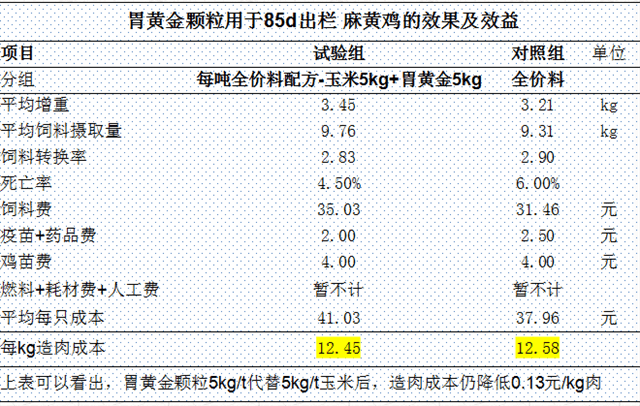What is muscle gastritis?
Chickens are known to have a glandular stomach and a muscular stomach (pictured below). The glandular stomach secretes digestive juices and mucus, while the muscular stomach mechanically crushes and grinds food, acting as “teeth”. They do their jobs and work together.
In recent years, both stomachs have become more prone to disease (see picture below). The main manifestations of glandular stomach are swelling, globular in severe cases, mucosal edema, inflammation, bleeding, ulceration, and abnormal color of gastric contents. Muscle stomach is mainly manifested as small stomach volume, mucosal inflammation, erosion, ulcer, local thickening, mucosa is not easy to peel, stomach contents turn yellow, green or black, some chicken farms appear glandular stomach and small muscle stomach situation.
Second, what is the cause of myogastric gland gastritis?
1. Mycotoxins, especially T-2 toxin, Fusarium toxin and Fusarium diacetate (Liu Diqin, 2013);
2. Fish meal with excessive levels of Gizzerosine (GZ) or histamine leads to a large amount of gastric acid secretion, leading to gastric erosion (Zhao Yan et al., 2016);
3. Feed raw materials, high content of rapeseed cake or cotton kernel cake, low content of methionine, lack of vitamins such as vitamin B6, vitamin K and vitamin E, and lack of trace elements such as selenium and zinc can also cause muscle-stomach erosion (GjevreAG, Kaldhusdal.M, Eriksen, 2013).
4. Stress, the stress caused by hot and cold climate resulting in decreased drinking water and food intake of chickens can cause gastropathy and other clinical symptoms of chickens, and lead to glandulmonary erosion (Contreras S. M, Zavieso.D, 2007).
5, disease factors, such as infectious gastritis, reovirus.
Three, the prevention and control of myogastric adenogastritis “clever”
The “smart move” is the stomach gold particles.
1. Components of stomach gold particles: crystalline minerals, nano-selenium, organic trace elements, high-temperature resistant complex enzyme, etc.;
2, weijin granule efficacy: ① Prevention and control myogastritis, myogastric ulcer, myogastric hyperplasia, glandular gastritis; ② Enhance the grinding function of muscle stomach, promote digestion and absorption of nutrients; ③ Anti-oxidative stress, anti-damage, detoxification.
Four, why the use of gastric gold particles does not increase feed costs?
1, feed factory using stomach gold particles 5 kg/ton feed, can reduce 5 kg corn/ton feed, at the same time can save the cost of using organic selenium, basically does not increase the cost, even if organic selenium is not considered, it only increases a little cost (test data see the table below).
2. Additional stages of adding stomach gold granules can reduce the feed to meat ratio by more than 0.02 and save feed cost.
3. There are two most intuitive formulas (see below)

1 ton young bird feed + stomach gold 5kg- corn 5kg- organic selenium 100g≈1 ton young bird feed
1 ton of young poultry feed + stomach gold 5kg- corn 5kg- organic selenium 100g+ solve the stomach problem > 1 ton of young poultry feed
Five, stomach gold particles for feed plant or poultry farm?
Feed mills and farms are applicable.
1, feed factory usage.
① Broiler feed: add 0.5% to feed, replace 0.5% corn
② Layer or breeder feed: add 0.5% of the concentration of feed, replace 0.5% of corn;
(3) pigeon feed: granular powder is added by 0.5-1%, but the formula division can make appropriate adjustment according to the situation.
2, chicken farm usage.
Long-term use: mixed feed at 0.5% concentration
Phased use: ① Mixed feed at 0.5-1.0% concentration can be used at the stage of 2-7 weeks of age, frequent occurrence of gastric diseases, high risk of toxin and frequent refuelling; (2) laying hens: powder mixed directly; Chicken farm: blender mixing; ④ Pigeon field: blender mixing.

